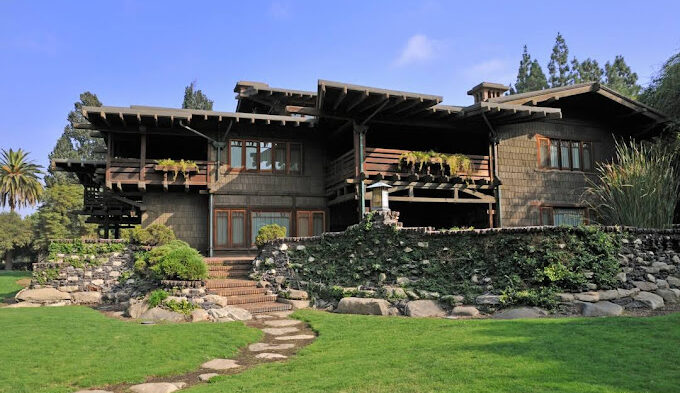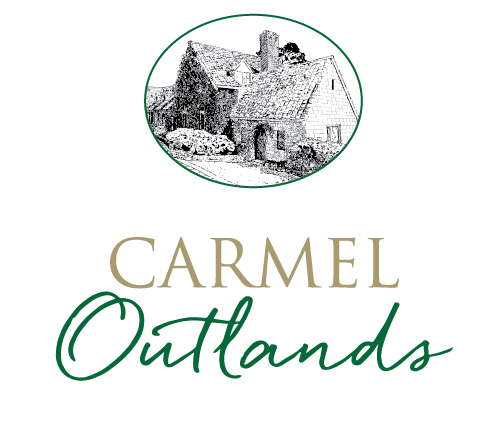At Carmel Outlands, we are deeply inspired by the potential of Flanders Mansion to serve as a cultural hub while preserving its historical significance. Below are exemplary models of similar historic properties in the United States that have been successfully restored and repurposed by nonprofit organizations. These sites share similarities with our vision, including their status on the U.S. National Register of Historic Places, city ownership, management by nonprofits, the presence of resident caretakers, and the challenges of limited on-site parking. Each of these properties has overcome challenges to offer public benefits through educational programs, cultural events, and community engagement.

Overview: Vizcaya is a historic estate on the U.S. National Register of Historic Places, owned by Miami-Dade County and operated by a nonprofit organization. It serves as a museum and cultural center, hosting numerous public events, educational programs, and cultural activities. The estate includes a resident caretaker who oversees the property’s maintenance and security.
Parking Challenges: Located in a busy urban area, Vizcaya faces parking limitations. The museum has addressed this by offering limited on-site parking and encouraging the use of public transportation, as well as providing shuttle services during large events.

Overview: Casa del Herrero, the “House of the Blacksmith,” is now a historic house museum and garden, stewarded by a 501c3 nonprofit organization dedicated to its preservation and availability to the visiting public. It is included on the National Register of Historic Places and maintains National Historic Landmark status.
Parking Challenges: Parking is very limited. Guests are permitted to park at a nearby church.

Overview: The David Davis Mansion, owned by the state of Illinois and operated by a nonprofit, serves as both a museum and event venue. The mansion includes a caretaker’s apartment to ensure ongoing preservation. It is a National Historic Landmark.
Parking Challenges: With limited on-site parking, the mansion coordinates with local businesses to provide parking options for visitors during larger events.

Overview: Managed by Historic New England, the Eustis Estate is a Gilded Age mansion listed on the National Register of Historic Places. It offers museum exhibits, cultural events, and educational programs while being home to an on-site caretaker who oversees the property’s maintenance.
Parking Challenges: Although located in a residential area, the Eustis Estate has creatively managed parking limitations by coordinating with nearby facilities to accommodate visitors.

Overview: The Ainsley House is a historic property operated by the Campbell Historical Museum & Ainsley House Foundation. It functions as a museum and cultural center, offering guided tours, community events, and educational programs. The property includes a resident caretaker who maintains the house.
Parking Challenges: With limited parking, the Ainsley House relies on nearby public parking lots and encourages carpooling for events.

Overview: The Gamble House is a National Historic Landmark, owned by the City of Pasadena and operated by a nonprofit organization, the Gamble House Conservancy. It serves as a museum, cultural center, and event venue while also housing a resident caretaker, typically a USC architecture student.
Parking Challenges: The Gamble House is located in a residential area with limited on-site parking. The organization has mitigated this by encouraging visitors to park off-site and use public transportation.
-
What are the benefits of having a resident caretaker in historic properties?
Having a resident caretaker in historic properties offers several advantages. Primarily, it ensures continuous maintenance and security, which is crucial for preserving the structural and aesthetic integrity of the property. Caretakers are often responsible for daily upkeep, identifying potential issues before they escalate into costly repairs, and providing on-the-ground oversight of events and visitors. Additionally, caretakers can enhance the visitor experience by offering insights and personalized tours, contributing to the property’s mission of education and community engagement.
-
How can historic properties address parking limitations for public events?
Historic properties located in residential or densely populated areas often face challenges with limited on-site parking. To address this, many properties implement strategies such as encouraging the use of public transportation, offering shuttles from nearby parking lots, or coordinating with local businesses to use their parking facilities during events. Some properties also promote carpooling among visitors or implement timed ticketing to stagger visitor arrivals, reducing the parking demand at any given time. These approaches help mitigate the impact on the surrounding neighborhood while maintaining accessibility for visitors.
-
What are the key considerations for restoring and repurposing a historic mansion?
Restoring and repurposing a historic mansion involves a careful balance between preservation and modernization. Key considerations include maintaining the architectural integrity and historical authenticity of the property, which may require working with preservation experts and adhering to guidelines set by historical societies or the National Register of Historic Places. Modern adaptations, such as installing hybrid camera technology for virtual events or updating facilities for public use, must be done sensitively to avoid compromising the mansion’s historical value. Additionally, ensuring the sustainability of the project through careful financial planning, securing long-term leases, and involving the community in the mansion’s new role are essential for its success as a cultural center.
View the Flanders Mansion Master Plan with the button below. Learn more in chapters 5-7 about possible business operations as a venue, museum and facility rental and read about the mitigation measures we will implement in chapter 10.
